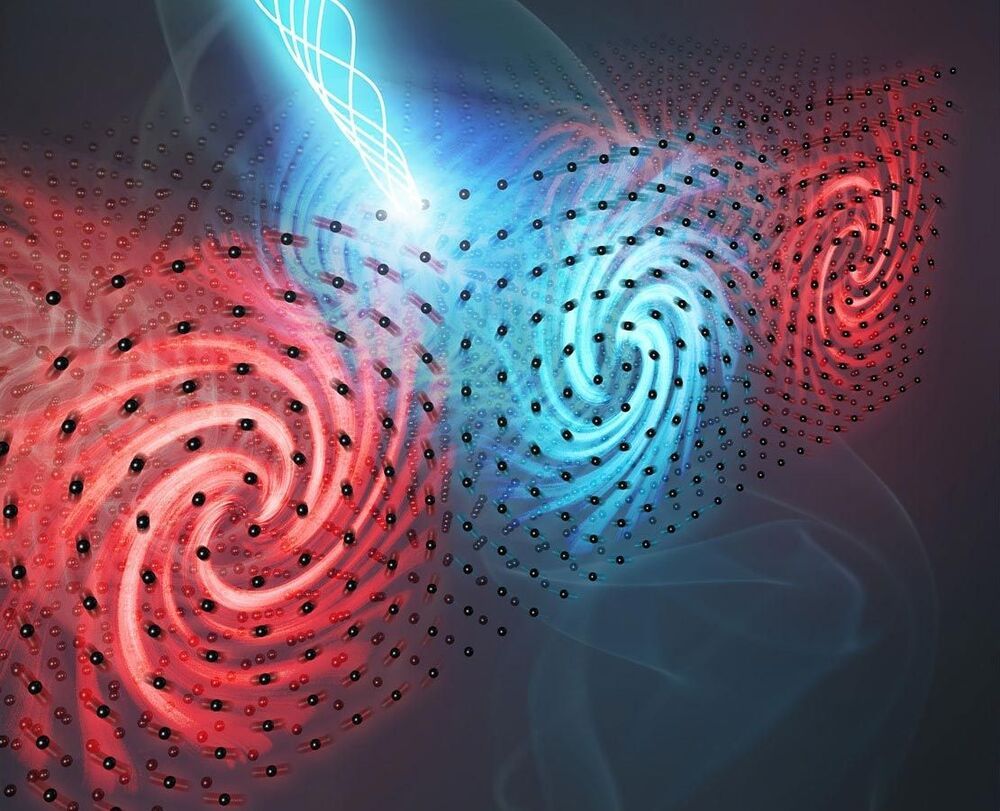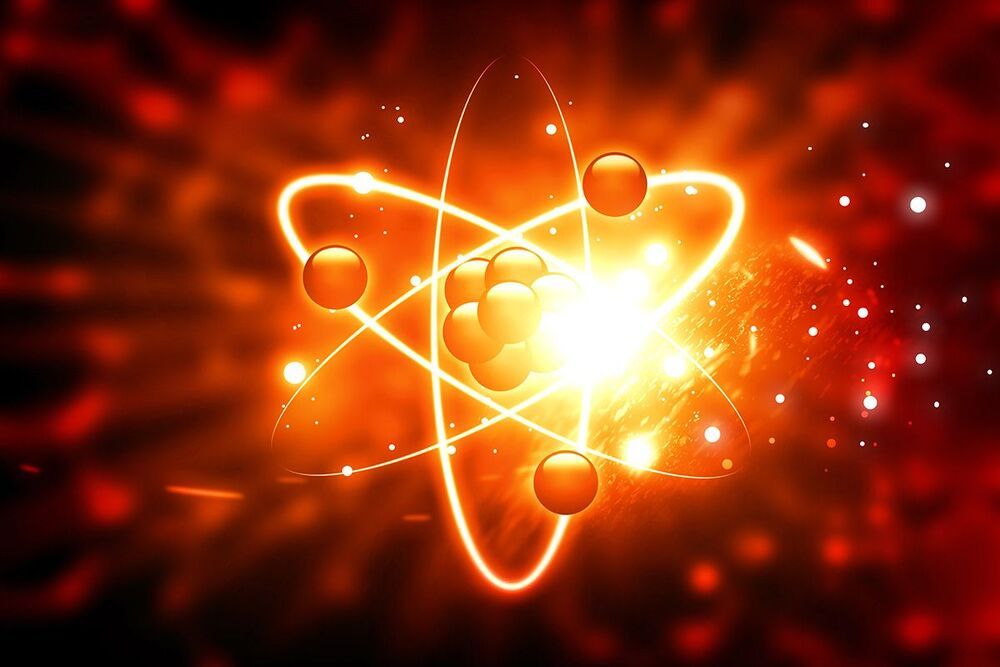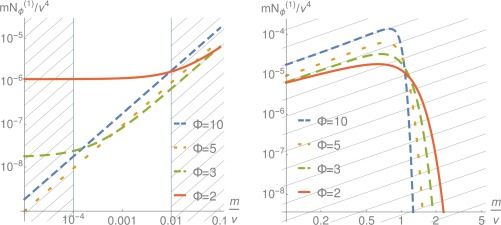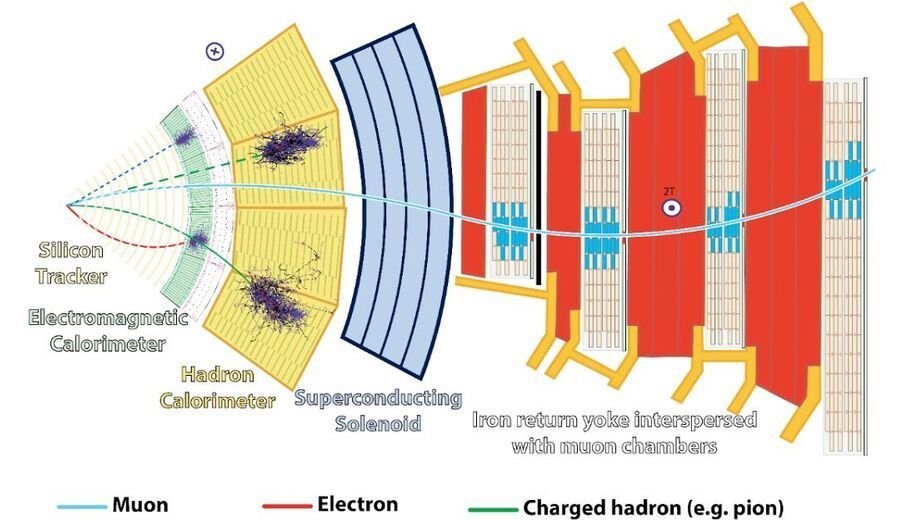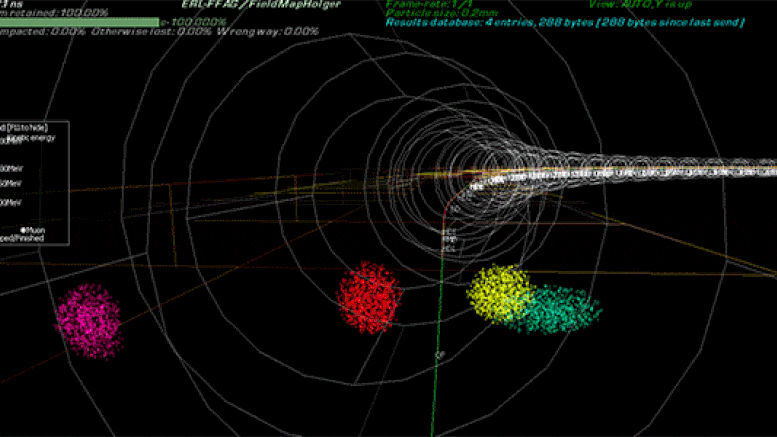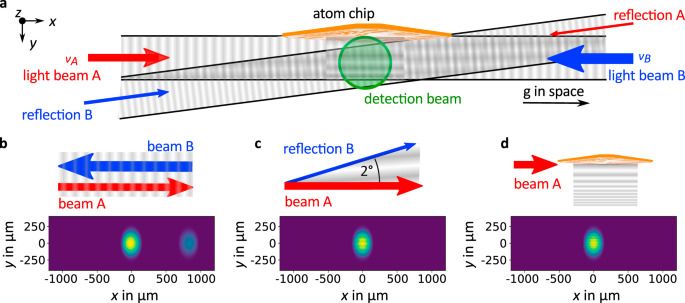Exploring and manipulating the behavior of polar vortices in material may lead to new technology for faster data transfer and storage. Researchers used the Advanced Photon Source at Argonne and the Linac Coherent Light Source at SLAC to learn more.
Our high-speed, high-bandwidth world constantly requires new ways to process and store information. Semiconductors and magnetic materials have made up the bulk of data storage devices for decades. In recent years, however, researchers and engineers have turned to ferroelectric materials, a type of crystal that can be manipulated with electricity.
In 2016, the study of ferroelectrics got more interesting with the discovery of polar vortices — essentially spiral-shaped groupings of atoms — within the structure of the material. Now a team of researchers led by the U.S. Department of Energy’s (DOE) Argonne National Laboratory has uncovered new insights into the behavior of these vortices, insights that may be the first step toward using them for fast, versatile data processing and storage.
